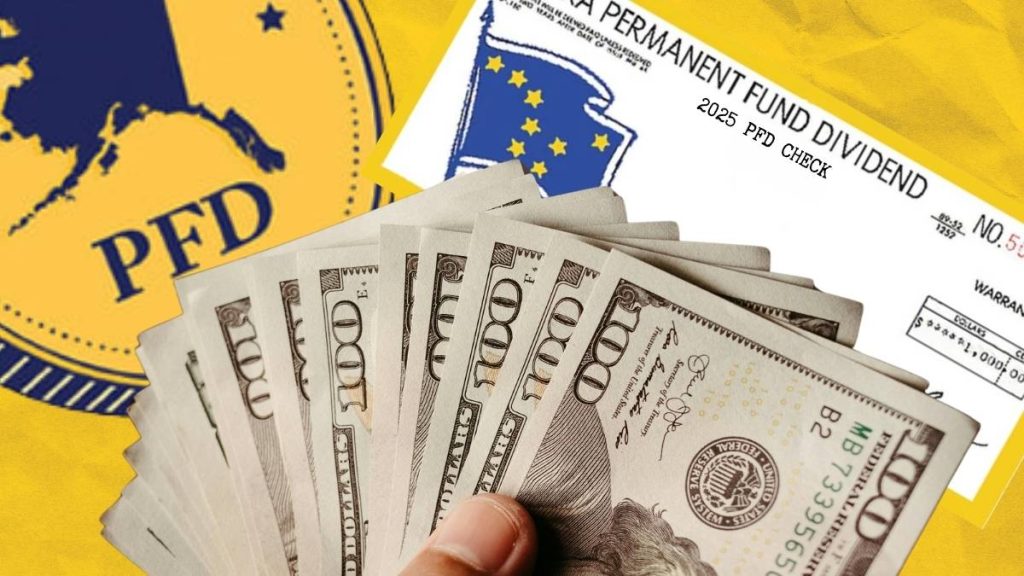If you live in Alaska, you surely know the Permanent Fund DIvidend (PFD), that money that the state sends you every year thanks to oil profits. But lately, the issue is making waves because there is a strong debate about how to maintain these payments without the government running out of resources. Here I tell you everything in simple terms.
This year there is positive news. The PFD (Permanent Dividend) rose 30% compared to 2024, reaching $1,702 per person. This amount is divided into two parts: $298.17 to help with energy expenses (such as heating or lighting) and $1,403.83 as a direct payment from the Permanent Fund.
Not bad, right? However, it is important to mention that to receive this payment you must comply with certain rules, which we have summarized so that you understand them more easily.
Who can receive a PFD stimulus check?
It is not automatic and not all Americans qualify today. To apply, you must complete the following checklist:
- Having lived in Alaska a whole year before applying.
- Be physically in the state at least 72 hours in the last two years.
- Have no convictions for serious crimes in the last year. If we talk about minor crimes, there cannot be more than two since 1997.
If you have already completed everything and sent your application before March 31, 2024, the money should arrive on April 17, 2025. If you did not, you can still claim payments from previous years if your status was “Eligible-Not paid” before April 9, 2025. There you have to move by traditional mail or on the PFD website.
Are the fund guaranteed for the PFD stimulus checks?
The PFD has been around since 1976, when Alaska decided to keep part of its oil profits in a “common fund.” The idea was that all residents would benefit from the state’s resources. But in recent years, the government has used this money to balance its budget. That is to say: when there is a good streak, they give you more; When things get bad, they cut the payment.
The thing is that in 2025 things are complicated. Oil revenues are low, and public schools must also be financed. If they follow the same strategy, the dividend per person would fall below $1,000. Nobody is happy about that, so politicians are looking for alternatives.
Alaska has several options on the table, and it seems that none of them are entirely popular with Alaskan taxpayers.
- Withdraw money from the emergency fund (CBR):
This sounds easy, but there’s a catch: you need two-thirds of Congress to agree. With how divided the political landscape is, a small group of 11 representatives or 6 senators could block the idea. - Withdraw more money from the Permanent Fund:
Here only a simple majority is needed, but there is risk. If they exceed them, the fund could lose strength in the future, and credit rating agencies (such as Moody’s or S&P) could lower Alaska’s rating. Translation: the state would pay more interest if it borrows. - Raise taxes:
This is the proposal of some senators. For example:- Senate Bill 92: Would raise taxes on the oil company Hilcorp, generating some $150 million annually.
- Senate Bill 112: It would modify tax credits for oil companies, adding $190 million for public services or the PFD.
- There is also talk of charging more for online sales, but that would not make much money.
Governor Mike Dunleavy and the House of Representatives hate the idea of raising taxes. Dunleavy has made it clear that he will veto any such proposal. Without your support, the Senate projects could come to nothing.
Time is short. The Senate is debating their projects, but it remains to be seen if they can convince their colleagues in the House. Meanwhile, many citizens are wondering whether their PFD next year will be high, low, or dependent on how this budget mess is resolved.
